Have you ever gone to open your painted kitchen cabinets and found that the paint had become sticky to the touch? If you’ve ever encountered this problem, it can be extremely frustrating! Not only will stubbornly sticky paint prevent your cabinets from properly opening and closing with ease, but it also makes them unsightly.
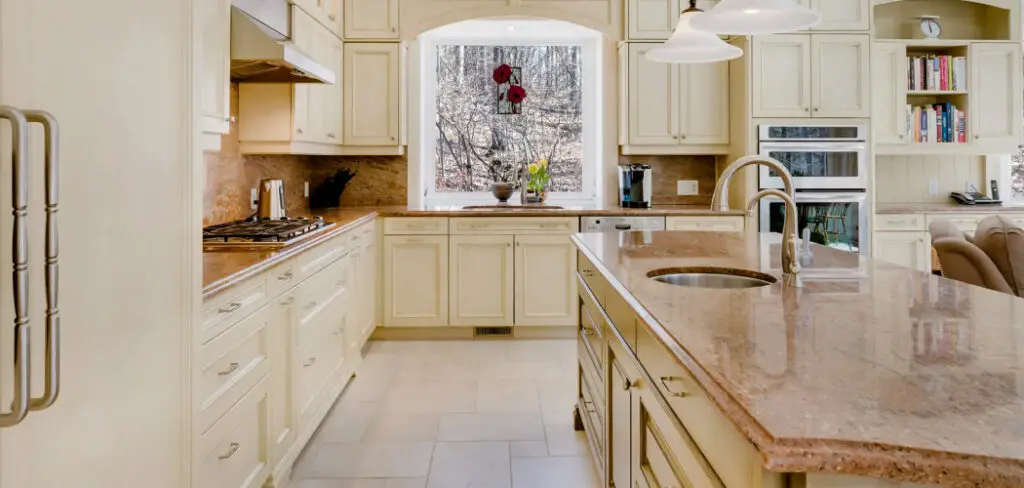
Fortunately, there is an easy solution for restoring your painted kitchen cabinets back to their former glory – all without having to resort to sanding or repainting entirely.
Painting your cabinets is a great way to spruce up a dated kitchen. However, if you’ve recently painted your cabinets only to find they are now sticky and grimy feeling—no need to worry! You don’t have format over and start all over again; with the right knowledge and tips, you can fix sticky painted cabinets easily.
In this blog post, we will discuss how to fix sticky painted cabinets, so that your newly remodeled kitchen looks flawlessly fresh. Get ready for a well-deserved sigh of relief as you learn exactly what steps are needed to sultriness-proof those freshly painted cabinets!
What Causes Sticky Painted Cabinets?
1 . Humidity
High humidity levels can cause the paint to become sticky. This often happens during the summer months when temperatures are high and there is an abundance of moisture in the air.
2 . Poor Painting Technique
Incorrect painting techniques can also lead to sticky painted cabinets. If the paint wasn’t applied smoothly, or if it was applied too thickly, it can act as a sort of glue on the cabinets when subjected to humidity. Also, using the wrong type of paint can cause it to become sticky.
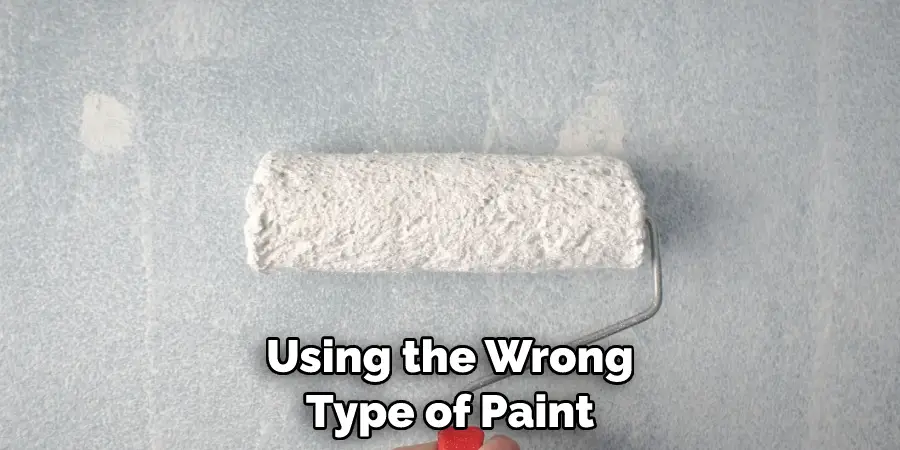
3 . Grease and Oil Buildup
Grease and oil buildup on the surface of painted cabinets can also make them sticky. This is common in kitchen areas where food is prepared. To prevent this from happening, try wiping down your cabinets with a mild detergent and water regularly.
Why is It Important to Fix Sticky Painted Cabinets?
1 . To Maintain a Clean, Professional Look
Painted cabinets are the perfect way to give your kitchen an updated look. Unfortunately, sticky cabinets take away from this sleek and modern aesthetic.
Not only can this stickiness leave behind smudges and residue that will make your kitchen space look worse than before, but it can also attract dirt and dust over time. Keeping your painted cabinets free from stickiness is the best way to maintain a clean and professional look.
2 . To Prevent Unpleasant Odors
Sticky cabinets can not only leave behind an unpleasant film, but they can also trap unpleasant odors. If your kitchen already has an issue with smells, sticky surfaces won’t help matters any more than they already have. Taking the time to fix sticky cabinets will help your kitchen stay smelling fresh and inviting.
3 . To Avoid Damage to the Cabinets
When cabinets remain sticky, they become a prime target for damage. From chips and dents to scratches and scuffs, sticky surfaces are easily damaged when exposed to pressure from outside sources such as cleaning implements or utensils. Fixing sticky cabinets will help you keep them looking their best for as long as possible.
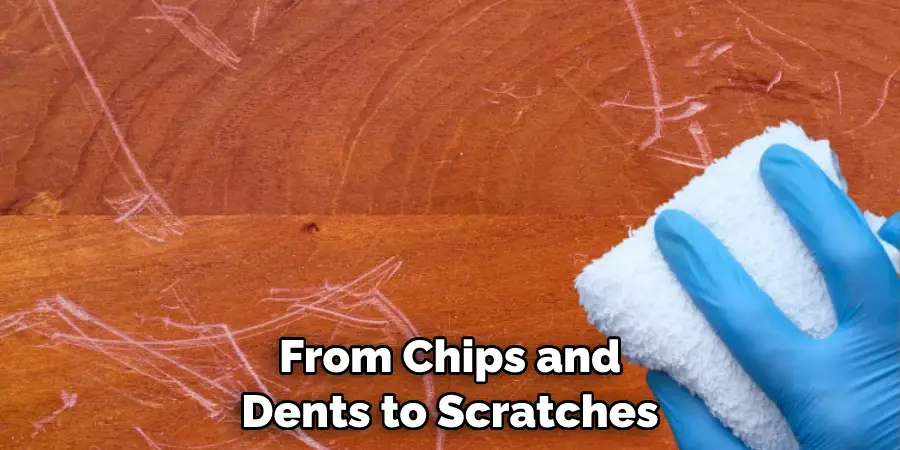
4 . To Improve the Overall Function of Your Cabinets
Few things are more frustrating than trying to open a sticky cabinet door or drawer. Not only is it difficult and time-consuming, but it can also be dangerous if you’re not careful. Fixing the stickiness of your painted cabinets will help you open and close them quickly and safely with ease.
5 . To Increase the Lifespan of Your Cabinets
The longer you let sticky surfaces remain on your cabinets, the more likely they are to suffer from further damage or discoloration over time. Taking action now and fixing your cabinets is the best way to ensure that they remain in good condition for many years to come.
If you’ve been wondering how to fix sticky-painted cabinets, take a look at these five reasons why it’s important to do so. Taking this step now can save you time and frustration later on, as well as help your kitchen look and feel its best.
How to Fix Sticky Painted Cabinets in 5 Easy Steps
Step 1: Clean the Cabinets With a Mild Detergent
Start by cleaning the surface of your cabinets with warm soapy water and a soft cloth. Make sure you get into all the crevices and corners where dirt and grease might have built up. Also, be sure to use a mild detergent that won’t damage the paint on your cabinets.
Step 2: Sand Off the Glossy Finish
Once your cabinets are clean, sand off the glossy finish with fine-grade sandpaper. This is important as it will help create a rough surface for the new primer and paint to adhere to. Move the sandpaper in a circular motion for best results.
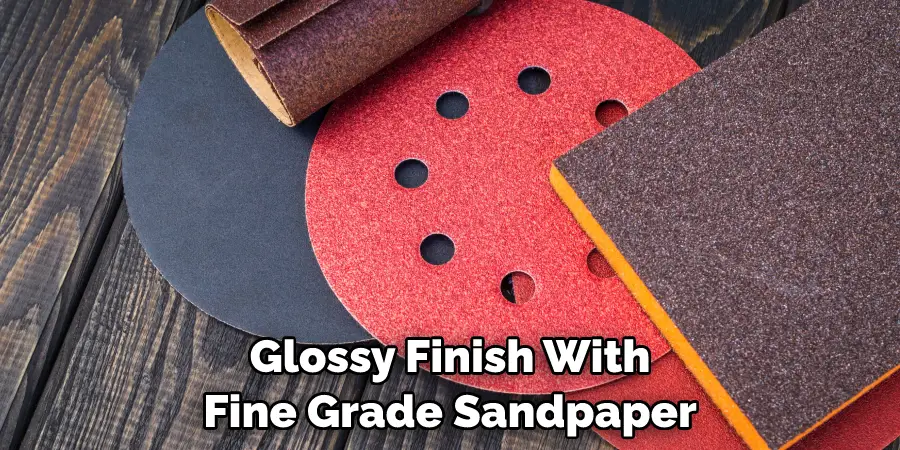
Step 3: Prime the Cabinets
Using a paintbrush, apply an even layer of primer to your cabinets. This will help create an even and consistent surface. Allow this to dry completely before moving on to the next step.
Step 4: Paint Your Cabinets
Now it’s time to paint your cabinets! Start with a high-quality brush and apply an even coat of paint. If you’re using latex paint, wait for the first layer to dry before applying a second layer. This will help ensure an even finish and a long-lasting result.
Step 5: Add a Clear Coat
After your paint is completely dry, add a clear coat to protect the surface. This will help prevent the cabinets from becoming sticky and also make them easier to clean in the future.
Once all five steps are complete, you can enjoy your freshly painted cabinets that won’t be sticky anymore! The transformation can be dramatic and enjoyable – making it worth the effort.
Some Extra Tips to Fix Sticky Painted Cabinets
1 . Make Sure to Clean Thoroughly
A common cause of sticky cabinets is a buildup of dirt and grease. To avoid this issue, it’s important to clean your painted cabinets thoroughly after each use. Use a cleaner specifically designed for the surface material, whether it’s wood or metal.
2 . Apply A Layer of Paint
If you are still experiencing sticky cabinets after cleaning them, try applying a thin layer of paint to the surface. Look for a product that is specifically designed for painted surfaces and avoid oil-based paints.
3 . Use a Primer
If you want to make sure your newly applied paint sticks well then you should use a primer before painting. Primers are specifically designed to create a secure bond between the surface and the paint. This will help to ensure that your new paint job won’t start to bubble or peel off over time.
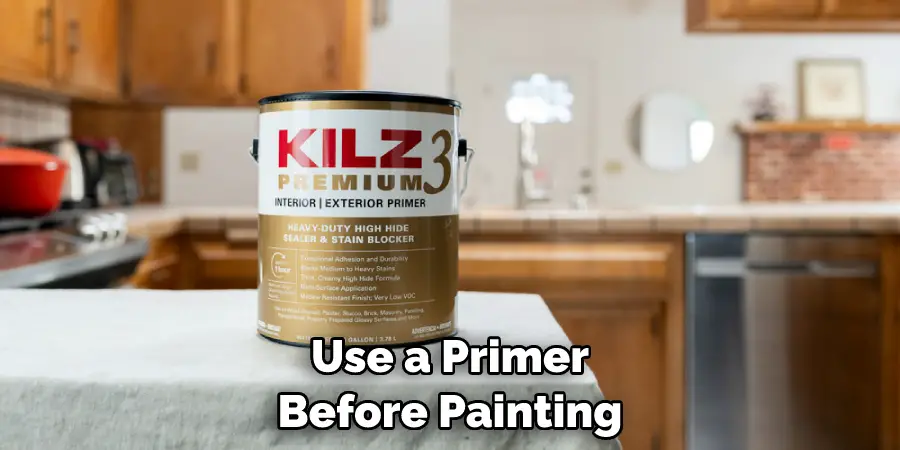
4 . Seal The Painted Surface
To keep your painted cabinets looking smooth and clean for longer, it’s important to seal the newly painted surface with a topcoat of sealant. Sealants are designed to provide an extra layer of protection against moisture and dirt, which can cause the paint to chip or peel.
5 . Regular Maintenance Is Key
The key to maintaining your painted cabinets in the best condition possible is regular maintenance. Make sure you clean them regularly with a mild cleaner and use a sealant every few months to keep them looking fresh. This will help you to keep your cabinets looking great and free of sticky residue for years to come.
6 . Consider Professional Help
If you find that the sticky residue on your cabinets is too stubborn to remove with cleaning or painting, it may be time to call in a professional. A professional can help you identify the cause of the residue and provide solutions to get rid of it quickly and effectively. This will ensure that your painted cabinets stay looking great for years to come.
7 . Consider Different Paint Options
If you’re still having trouble with sticky painted cabinets, it may be time to switch up your paint. Consider switching to a water-based or oil-free option. These paints are designed to reduce sticking and provide a more durable finish that can hold up over time.
Following these steps should ensure that your painted cabinets remain in top condition for many years to come. With a bit of regular maintenance, you can keep them looking great and free of any sticky residues. So don’t forget to clean, paint, prime, and seal your cabinets regularly to keep them looking their best!
Frequently Asked Questions
What Precautions Should I Take Before Working on Sticky Painted Cabinets?
Safety always comes first when working with dangerous materials like paints and solvents. Be sure to wear protective clothing, gloves, and eyewear before handling any chemicals or tools. Also, keep children and pets away from the work area at all times.
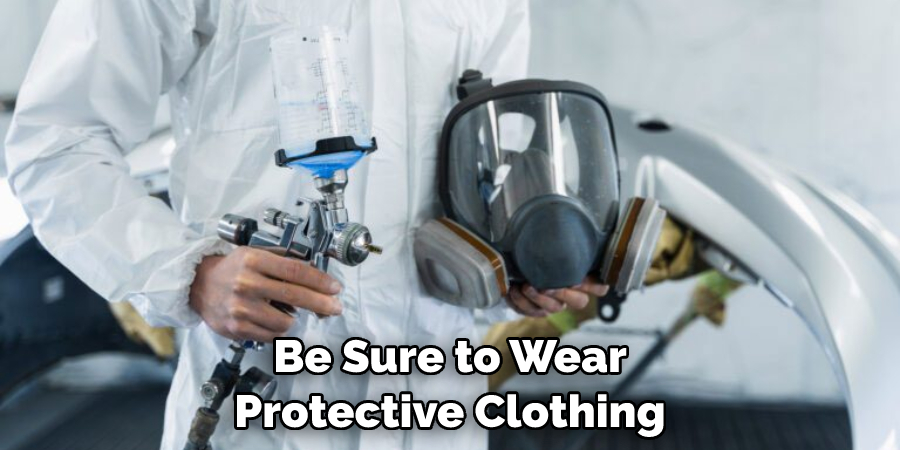
What Are Some Common Causes of Sticky Painted Cabinets?
There are several common causes of sticky painted cabinets, including over-application of paint, poor adhesion between the paint and surface, insufficient curing time before painting, or the use a low-quality paint. Any of these issues can lead to the formation of a tacky surface that will attract dirt and dust.
How Can I Fix Sticky Painted Cabinets?
The first step is to identify the cause of your sticky cabinets and address it. If you used too much paint, sanding may be required to remove the excess and create a smooth surface. For poor adhesion between the paint and the surface, you may need to apply a primer before painting.
You can also give the paint additional time to cure before painting. Lastly, if you used low-quality paint, consider repainting with a higher-quality one.
What Tools Do I Need to Fix Sticky Painted Cabinets?
The tools you need will depend on what is causing the cabinets to be sticky. Generally, you may need sandpaper or a sanding block, primer, rags, paintbrush, and/or paint roller. The type of tools you need may also vary depending on the material of your cabinets.
Are There Any Alternative Solutions to Fix Sticky Painted Cabinets?
If painting is not an option for you, you can try using furniture wax to create a barrier between the cabinets and any dirt or dust particles. You can also use a mild soap solution to clean off the sticky residue, but be sure to dry off the cabinet surface thoroughly afterward.
Lastly, you can try using a quick-drying solvent like mineral spirits to dissolve and remove the tacky residue. However, keep in mind that these solutions may not provide a long-term fix and may require you to repeat the process.
What Are Some Tips for Avoiding Sticky Painted Cabinets in the Future?
To avoid sticky cabinets in the future, be sure to select a high-quality paint that is suitable for your surface and use it properly, allowing enough time for curing between coats. Additionally, be sure to use a primer before painting and follow the manufacturer’s instructions for application.
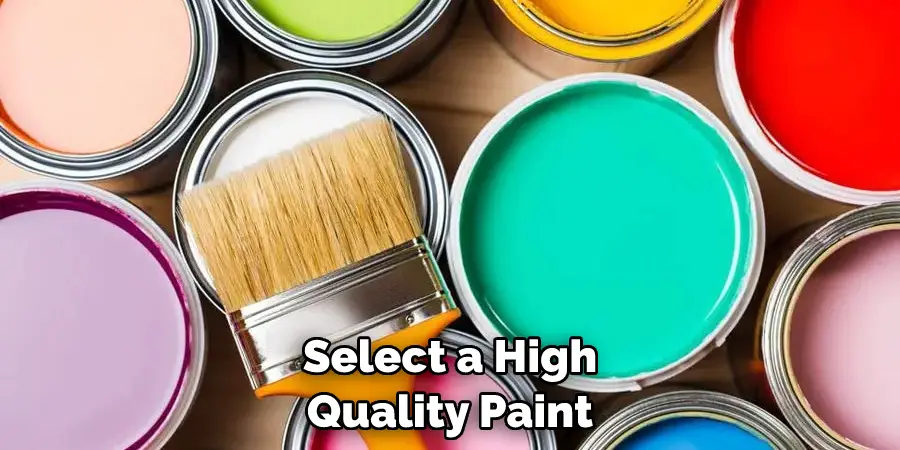
Lastly, try not to over-apply paint on your cabinets as this can lead to excess residue. Following these tips will help ensure that you get a smooth finish on your painted cabinets without any sticky residue.
Conclusion
Now that you have a better understanding of how to fix sticky painted cabinets, it is essential to keep up with regular care and maintenance of your cabinets. Doing so will help ensure the longevity of your cabinets and prevent the need for future repairs.
Additionally, using gentle methods to clean and remove fingerprints can extend the life of painted kitchen cabinet finishes. As with all home improvement projects, it is important to research various tips and tricks before making any drastic changes or repairs. With patience, dedication, and proper care, you can have smooth, functional kitchen cabinets in no time!
Professional Focus
Angela Ervin, a former interior designer turned blogger, specializes in kitchen design and renovations. Through her website, she blends her passion for cooking with design expertise, sharing practical and creative ideas. Known for balancing functionality and beauty, Angela’s insightful content has made her a trusted voice in home design and lifestyle.
About the Author
Angela Ervin, an experienced interior designer and blogger, combines her passion for kitchen renovations with storytelling. Living in Petersburg with her family, she enjoys cooking and testing her projects firsthand. Known for her humor and relatable style, Angela shares creative, functional design insights through her content, making her a trusted voice in home design.
Education History
University: Virginia Commonwealth University
Degree: Bachelor of Fine Arts (BFA) in Interior Design
- Angela’s education at VCU focused on mastering core interior design principles, including spatial planning, color theory, materials selection, and sustainable design practices.
- She gained hands-on experience through studio projects and collaborative design exercises, which honed her ability to create functional and aesthetically pleasing environments.
- Her coursework also emphasized problem-solving and practical applications of design, preparing her for real-world projects like her self-directed kitchen renovations.
- The program’s strong foundation in both technical skills and creative expression shaped Angela’s ability to seamlessly integrate form and function in her work.


